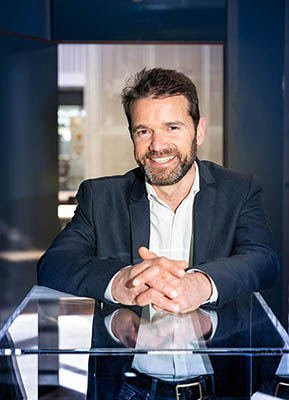Protein
purification.
We are protein biodesigners
We offer all the main chromatography techniques, which, when combined with our know-how, will define the correct conditions to purify your protein of interest. Based on expected purity levels we can implement:
Different affinity chromatography techniques (IMAC, protein A etc.)
These techniques will use the protein affinity itself (antibody, protease for example), or its associated label, to achieve highly selective protein purification, even in a complex mixture. These techniques make it possible to quickly obtain a protein with high levels of purity.
Ion exchange chromatography (IEC)
This is a predictive method using the isoelectric point (pI) of the protein to achieve its purification. Although it has limited selectivity, it is a highly robust method and can be efficiently used as a first line method, especially with tagless proteins.
Hydrophobic Interaction Chromatography (HIC)
The method uses the hydrophobic domains of the protein to retain it on a resin. This technique, although not particularly predictive, can be used to complement other methods.
Size exclusion chromatography (SEC)
A technique which is based on the apparent diameter of the protein (depending on its molecular weight and its oligomeric state). This technique is a highly efficient means of improving protein purity and of modifying the final buffer.
We are also able to offer complementary methods depending on the physicochemical properties of proteins.
In the case of membrane proteins in proteoliposome format, the purification is performed by sedimentation on a sucrose gradient. This allows the purification of the liposome fraction which has integrated the membrane protein of interest, but does not allow the elimination of all protein impurities coming from the bacterial lysate of our cell-free system.
In order to eliminate the possible interference of these impurities in your application, we offer “negative control” proteoliposomes containing the same impurities, but without your protein of interest.
« Let’s work together to design the bioactive proteins of the future »
We look
forward to
your questions
Even
a protein
needs
to express
its potential.





